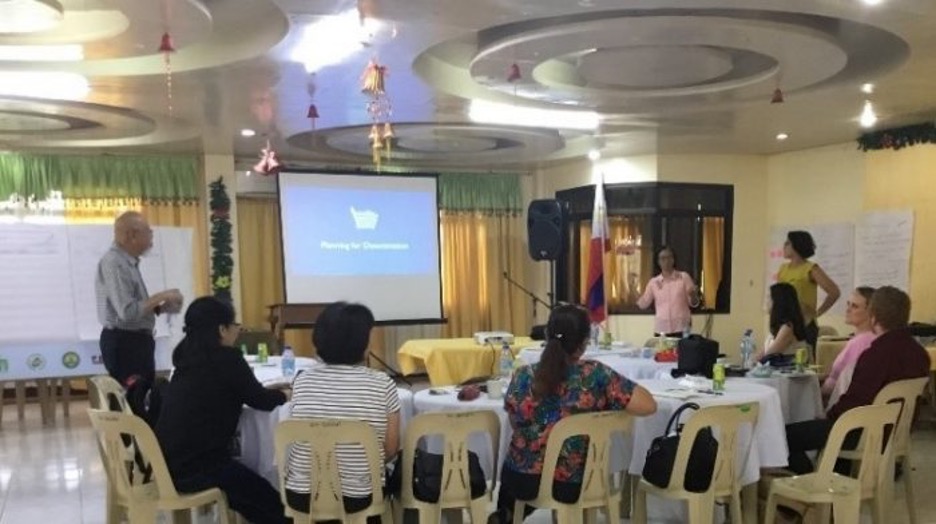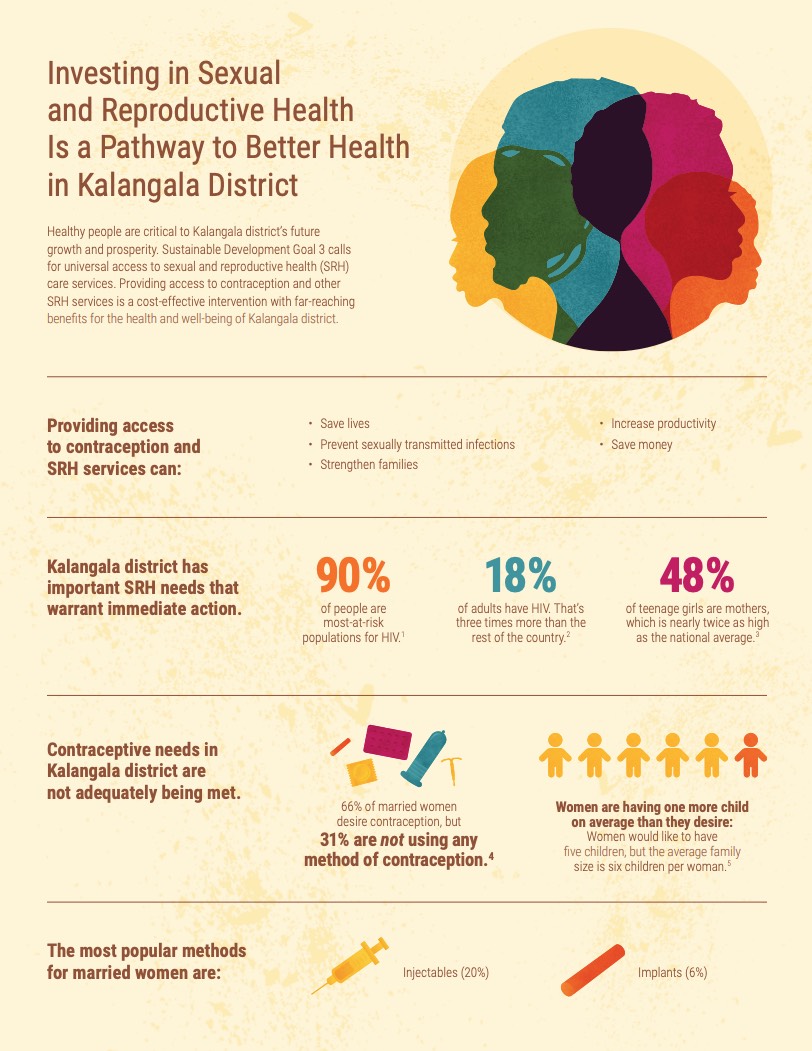Research-to-Action: Reducing the Burden of Childhood Tuberculosis in the Northern Philippines
In October, Research Technical Assistance Center (RTAC) team members Dr. Reshma Naik and Dr. Jose Rodriguez hosted a weeklong Research-to-Action workshop at Isabela State University in the northern Philippines.







